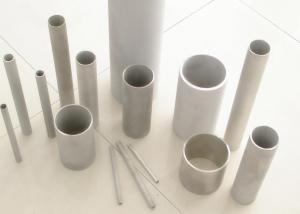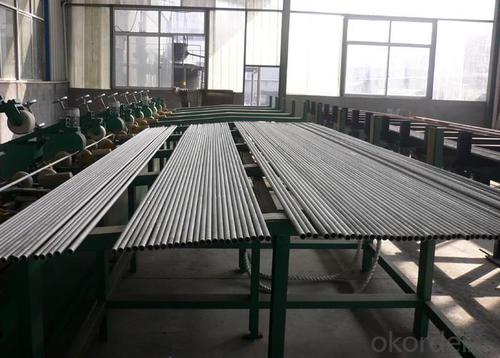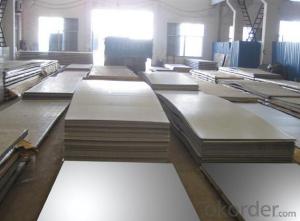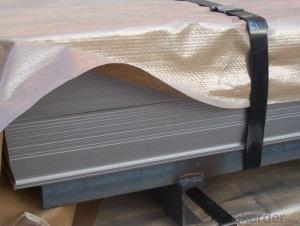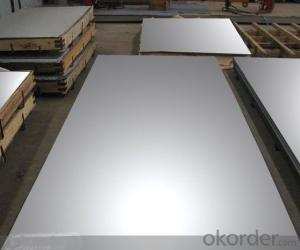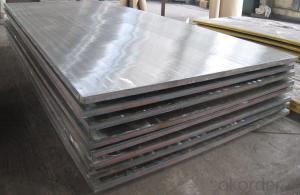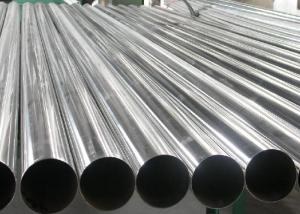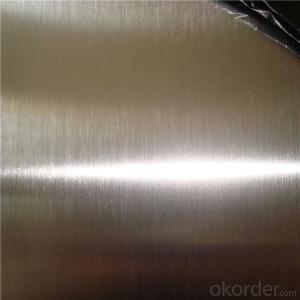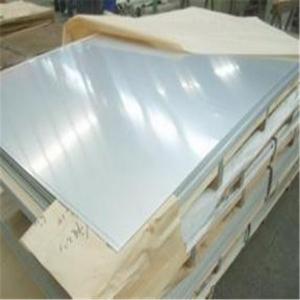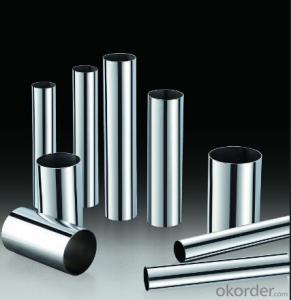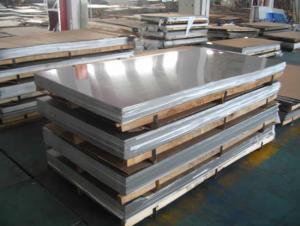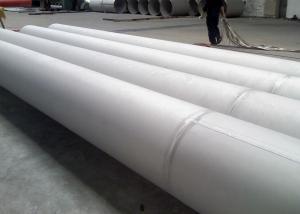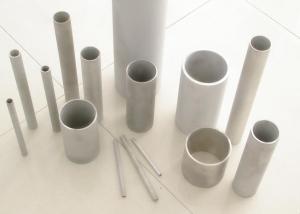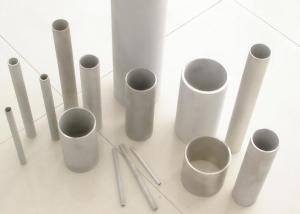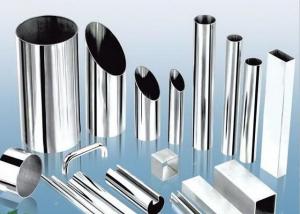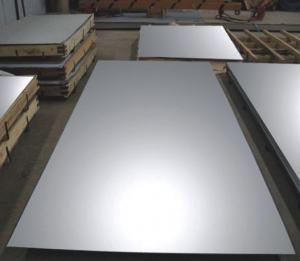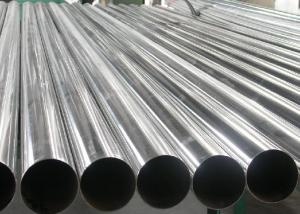316Ti Stainless Steel Seamless Pipe
- Loading Port:
- China Main Port
- Payment Terms:
- TT or LC
- Min Order Qty:
- 5 Tons m.t.
- Supply Capability:
- 100 Tons Per Month m.t./month
OKorder Service Pledge
OKorder Financial Service
You Might Also Like
Stainless Steel Seamless Pipe
APPLICATION:
Construction industry.
Chemical industry
Water tube
Pulp&Paper making industry
Heat exchanger tube,boiler tube,condenser tube,etc.
Available size range of Stainless Steel Seamless Pipe
|
OUTSIDE DIAMETER |
WALL THICKNESS | ||||||||
|
INCH |
MM |
Sch10 |
Sch40 |
STD |
Sch80 |
XS |
Sch160 |
XXS | |
|
1/8" |
10.29 |
1.24 |
1.73 |
1.73 |
2.41 |
2.41 |
- |
- | |
|
1/4" |
13.72 |
1.65 |
2.24 |
2.24 |
3.02 |
3.02 |
- |
- | |
|
3/8” |
17.15 |
1.65 |
2.31 |
2.31 |
3.20 |
3.20 |
- |
- | |
|
1/2" |
21.34 |
2.11 |
2.77 |
2.77 |
3.73 |
3.73 |
4.78 |
7.47 | |
|
3/4 " |
26.67 |
2.11 |
2.87 |
2.87 |
3.91 |
3.91 |
5.56 |
7.82 | |
|
1'' |
33.40 |
2.77 |
3.38 |
3.38 |
4.55 |
4.55 |
6.35 |
9.09 | |
|
1.1/4" |
42.16 |
2.77 |
3.56 |
3.56 |
4.85 |
4.85 |
6.35 |
9.70 | |
|
1.1/2'' |
48.30 |
2.77 |
3.68 |
3.68 |
5.08 |
5.08 |
7.14 |
10.15 | |
|
2" |
60.30 |
2.77 |
3.91 |
3.91 |
5.54 |
5.54 |
8.74 |
11.07 | |
|
2 1/2" |
73.03 |
3.05 |
5.16 |
5.16 |
7.01 |
7.01 |
9.53 |
14.02 | |
|
3" |
88.90 |
3.05 |
5.49 |
5.49 |
7.62 |
7.62 |
11.13 |
15.24 | |
|
3 1/2” |
101.60 |
3.05 |
5.74 |
5.74 |
8.08 |
8.08 |
- |
- | |
|
4'' |
114.30 |
3.05 |
6.02 |
6.02 |
8.56 |
8.56 |
13.49 |
17.12 | |
|
5” |
141.30 |
3.40 |
6.55 |
6.55 |
9.52 |
9.52 |
15.88 |
19.05 | |
|
6" |
168.30 |
3.40 |
7.11 |
7.11 |
10.97 |
10.97 |
18.26 |
21.96 | |
|
8'' |
219.08 |
3.76 |
8.18 |
8.18 |
12.70 |
12.70 |
23.01 |
22.23 | |
|
10” |
273.05 |
4.19 |
9.27 |
9.27 |
15.08 |
12.70 |
28.58 |
25.40 | |
|
12" |
323.85 |
4.57 |
9.52 |
9.53 |
17.45 |
12.70 |
33.32 |
25.40 | |
|
14" |
355.60 |
4.78 |
11.13 |
9.53 |
19.05 |
12.70 |
35.71 |
- | |
|
16" |
406.40 |
4.78 |
12.70 |
9.53 |
21.44 |
12.70 |
40.49 |
- | |
|
18" |
457.20 |
4.78 |
14.27 |
9.53 |
23.83 |
12.70 |
45.24 |
- | |
|
20" |
508.00 |
5.54 |
15.09 |
9.53 |
26.19 |
12.70 |
50.01 |
- | |
|
22" |
558.80 |
5.54 |
- |
9.53 |
28.58 |
12.70 |
53.98 |
- | |
|
24" |
609.60 |
6.35 |
17.48 |
9.53 |
30.96 |
12.70 |
59.54 |
- | |
Note : We can also produce the sizes beyond this table according to the requirements of customers
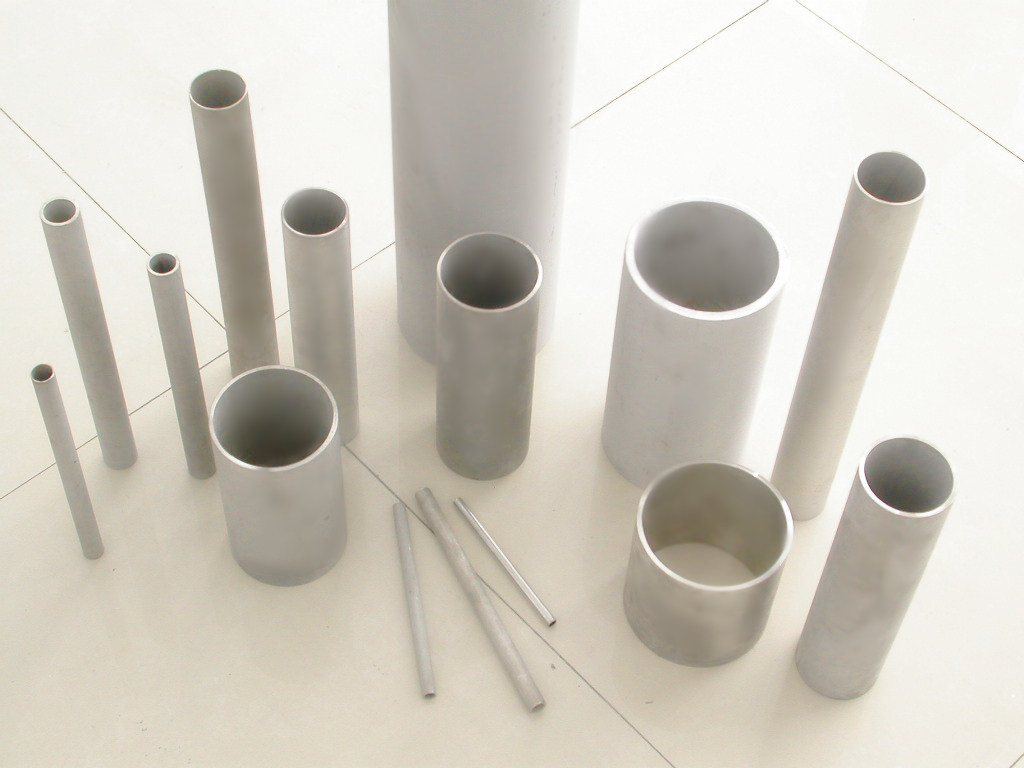
- Q: Stainless steel plate net price, stainless steel plate net how much one meter?
- 201, in fact, people say stainless steel; 304 stainless steel sheet is the most widely used material; 316 and 316L stainless steel plate is different from carbon content, nickel content is different.
- Q: How thick is 10gauge in stainless steel plate?
- To understand the word "guage", is to understand the 202304201 steel, or the same number of sandpaper. Such as steel No. 304, sandpaper 360.
- Q: What are the different types of stainless steel sheet perforations available?
- There are several types of stainless steel sheet perforations available, including round, square, slotted, hexagonal, and decorative patterns. These perforations vary in shape, size, and spacing, providing different aesthetics and functionality for various applications.
- Q: How do you prevent fingerprints or smudges on stainless steel sheets?
- There are several effective measures you can take to prevent fingerprints or smudges on stainless steel sheets: 1. Regularly wipe down the stainless steel surface with a soft microfiber cloth. Microfiber is great at attracting and trapping dirt, dust, and oils without leaving streaks or smudges. 2. Use warm soapy water to gently clean the stainless steel surface. Mix a small amount of mild dish soap with warm water, then rinse thoroughly and dry with a clean towel. This method effectively removes grease, fingerprints, and smudges. 3. Consider investing in stainless steel cleaners that are specifically formulated to remove fingerprints and smudges. Follow the instructions on the product for best results. 4. Apply a stainless steel protective coating or sealant to create a thin, invisible barrier that repels fingerprints and smudges. Follow the manufacturer's instructions for application and reapply as needed. 5. Avoid using abrasive cleaners, scrub brushes, steel wool, or harsh chemicals that can damage the protective layer of stainless steel. Stick to non-abrasive cleaning methods and tools to maintain the integrity of the surface. 6. Handle stainless steel sheets with care by using clean hands or wearing gloves to prevent the transfer of oils or dirt. Avoid dragging objects across the surface, as this can cause scratches and make it more susceptible to smudging. By incorporating these measures into your cleaning routine and handling practices, you can effectively minimize fingerprints and smudges on your stainless steel sheets, keeping them clean and pristine.
- Q: Lead and stainless steel plate welding together? How do you solder it?
- Lead and stainless steel plate of the two dissimilar metals can be welded together by friction welding or ultrasonic wave can be. Friction welding is a kind of solid phase welding with mechanical energy as energy source. It is caused by mechanical friction between two surfaces of heat to metal connection. The friction welding heat concentrated in the joint surface, so the heat affected zone is narrow. Between the two surfaces to exert pressure, in most cases is increasing pressure at the end of the heating, the hot metal by upsetting combined with general the surface does not melt. Friction welding productivity is relatively high, almost all the forging metal on friction welding principle. Friction welding can also be used for welding dissimilar metals. The workpiece shall be suitable for a circular cross-section with a maximum diameter of 100mm.
- Q: What are the different types of corrosion that stainless steel sheets can resist?
- Stainless steel sheets are highly resistant to various types of corrosion, including general corrosion, pitting corrosion, crevice corrosion, and stress corrosion cracking.
- Q: What is the Young's modulus of stainless steel sheets?
- The Young's modulus of stainless steel sheets can vary depending on the specific grade and composition of the stainless steel. Generally, stainless steel has a high Young's modulus, typically ranging from 190 to 220 gigapascals (GPa). This means that stainless steel sheets have a high stiffness and resistance to deformation under applied stress. However, it is important to note that the exact Young's modulus may vary slightly depending on factors such as temperature, manufacturing process, and the specific alloy used in the stainless steel sheets.
- Q: How do stainless steel sheets compare to other types of metal sheets?
- Stainless steel sheets possess numerous advantages that distinguish them from alternative metal sheets. Firstly, stainless steel exhibits a high level of resistance to corrosion, rendering it an optimal selection for applications where durability and longevity are of utmost importance. Unlike other metals, stainless steel does not readily rust or stain, thereby guaranteeing the preservation of its appearance and functionality even in challenging environments. Secondly, stainless steel sheets are renowned for their strength and robustness. They possess a significant tensile strength, enabling them to endure heavy loads without undergoing bending or warping. This attribute renders stainless steel sheets suitable for a wide array of applications, including the construction, automotive, and manufacturing industries. Another notable advantage of stainless steel sheets lies in their hygienic properties. Stainless steel is non-porous and non-absorbent, facilitating easy cleaning and maintenance. Additionally, it exhibits resistance to bacterial growth, making it a favored choice for medical equipment, food processing facilities, and kitchen appliances. Furthermore, stainless steel sheets offer exceptional heat resistance. They can withstand high temperatures without compromising their structural integrity or developing any deformities, making them suitable for applications involving extreme heat or thermal cycling. Lastly, stainless steel sheets are available in a variety of finishes and textures, granting versatility in terms of design options. Whether one prefers a polished, brushed, or matte finish, stainless steel allows for customization to fulfill any aesthetic requirement. In conclusion, stainless steel sheets surpass other types of metal sheets due to their exceptional resistance to corrosion, strength, hygienic properties, heat resistance, and aesthetic versatility. These qualities establish stainless steel sheets as the preferred choice for numerous industries, ensuring durability, reliability, and longevity across various applications.
- Q: Can stainless steel sheets be used for elevator cabins?
- Indeed, elevator cabins can utilize stainless steel sheets. The employment of stainless steel in elevator cabins is widespread owing to its resilience, pleasing aesthetics, and effortless upkeep. Its resistance to corrosion proves crucial in settings subjected to elevated humidity or chemical exposure. By utilizing stainless steel sheets, one can fashion elegant and contemporary elevator cabins that possess both functionality and visual allure. Furthermore, stainless steel's effortless cleaning and maintenance render it an exemplary selection for heavily frequented spaces like elevators.
- Q: Are stainless steel sheets good for industrial exhaust systems?
- Yes, stainless steel sheets are excellent for industrial exhaust systems. Stainless steel is known for its high resistance to corrosion, making it a highly durable and long-lasting material for exhaust systems. It can withstand high temperatures and extreme weather conditions, making it suitable for industrial environments. Stainless steel also has excellent strength and can handle the pressure and vibrations associated with exhaust systems. Additionally, stainless steel is easy to clean and maintain, which is important for keeping the exhaust system functioning efficiently. Overall, stainless steel sheets are a great choice for industrial exhaust systems due to their durability, corrosion resistance, and high temperature tolerance.
1. Manufacturer Overview
| Location | Zhejiang, China |
| Year Established | 2005 |
| Annual Output Value | Above US$1.6 million |
| Main Markets | Europe, North America. |
| Company Certifications |
2. Manufacturer Certificates
| a) Certification Name | |
| Range | |
| Reference | |
| Validity Period |
3. Manufacturer Capability
| a) Trade Capacity | |
| Nearest Port | Shanghai |
| Export Percentage | 40% |
| No.of Employees in Trade Department | Above 30 people |
| Language Spoken: | English, Chinese |
| b) Factory Information | |
| Factory Size: | Above 5000 square meter |
| No. of Production Lines | Above 6 |
| Contract Manufacturing | OEM Service Offered |
| Product Price Range | Average |
Send your message to us
316Ti Stainless Steel Seamless Pipe
- Loading Port:
- China Main Port
- Payment Terms:
- TT or LC
- Min Order Qty:
- 5 Tons m.t.
- Supply Capability:
- 100 Tons Per Month m.t./month
OKorder Service Pledge
OKorder Financial Service
Similar products
Hot products
Hot Searches
Related keywords


